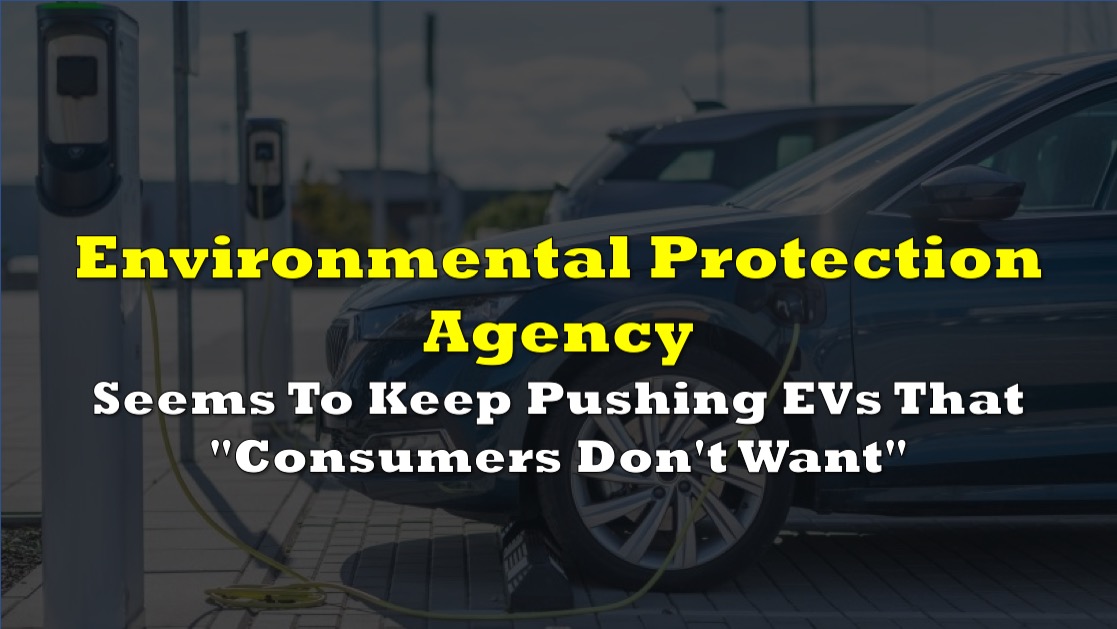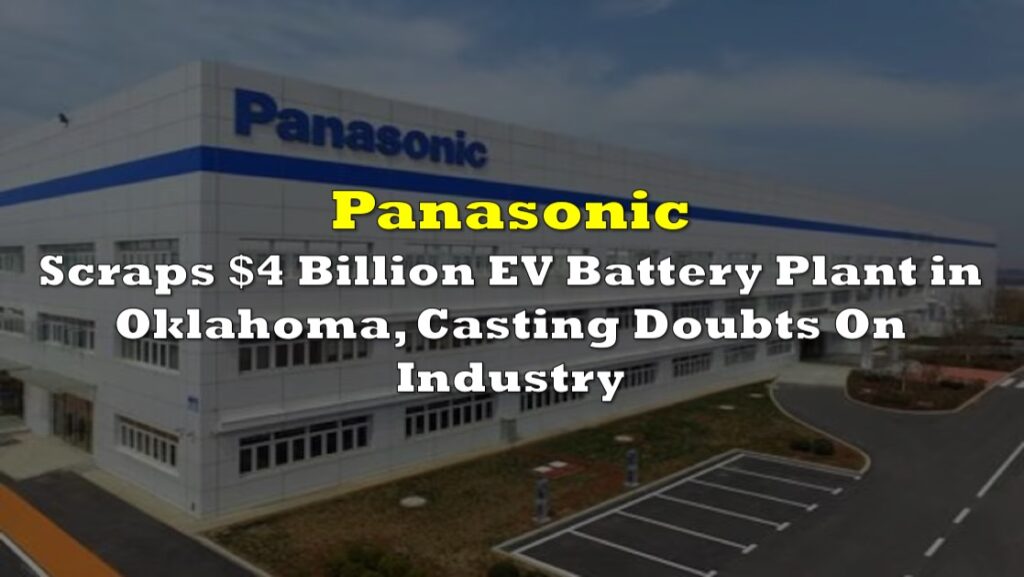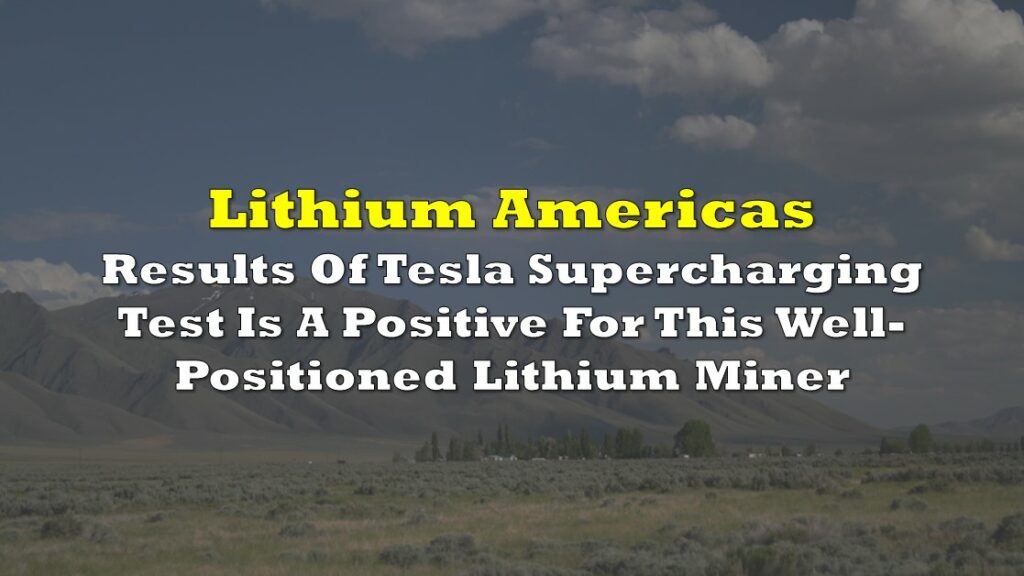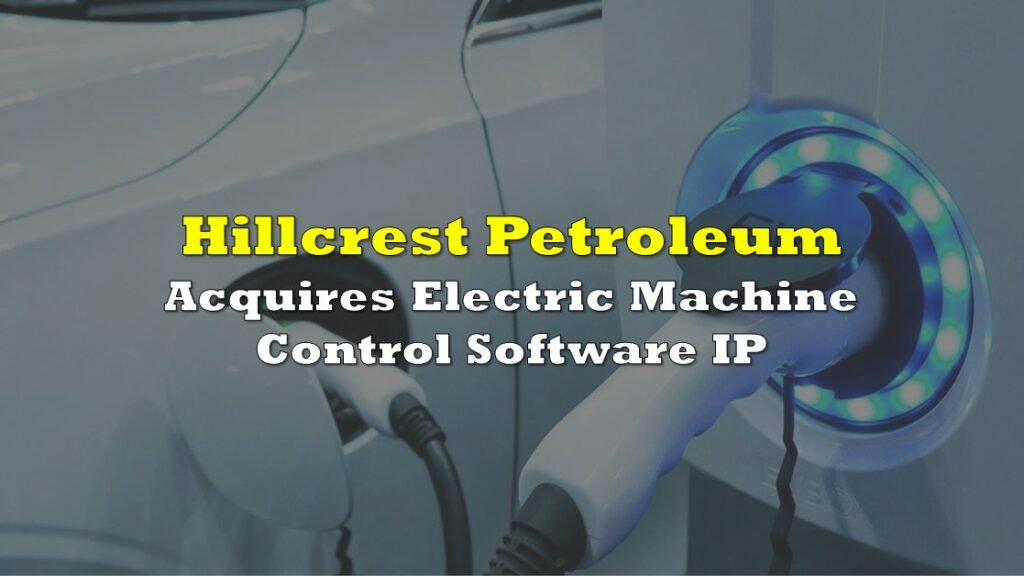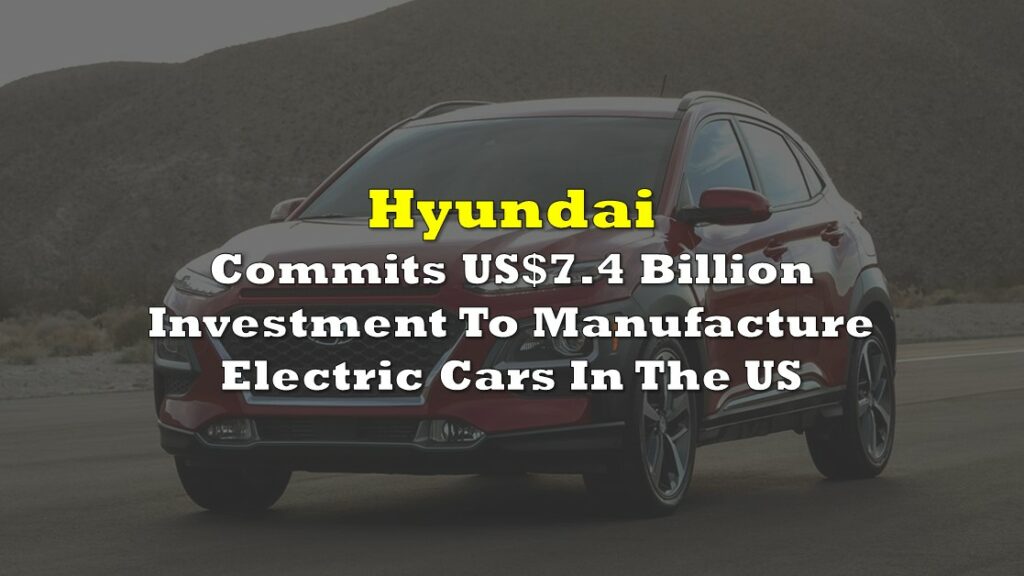The U.S. Environmental Protection Agency (EPA) on Wednesday revealed its long-anticipated final national pollution standards for passenger cars, light-duty trucks, and medium-duty vehicles, spanning model years 2027 through 2032 and beyond. This move marks a step towards curbing carbon emissions, with projections indicating the avoidance of over 7 billion tons of carbon emissions through 2055, equivalent to four times the emissions of the entire transportation sector in 2021.
The standards, unveiled by EPA Administrator Michael Regan and US President Joe Biden’s National Climate Advisor Ali Zaidi at a livestreamed event in Washington, D.C., promise substantial societal benefits. Annually, they are expected to deliver nearly $100 billion in net benefits, including $13 billion in improved public health due to enhanced air quality and $62 billion in reduced fuel costs and vehicle maintenance for drivers.
According to the EPA, these standards build upon the proposed regulations, aiming to accelerate the adoption of cleaner vehicle technologies. Notably, the EPA projects an increase in U.S. auto manufacturing employment in response to these final standards, aligning with the Biden-Harris Administration’s commitment to fostering well-paying, union jobs in the clean vehicle sector.
One of the impacts these standards boast is the potential to safeguard public health. By reducing fine particulate matter and ozone emissions, the regulations are anticipated to prevent up to 2,500 premature deaths by 2055, along with mitigating a range of health ailments including heart attacks, respiratory illnesses, aggravated asthma, and decreased lung function.
The automotive industry has welcomed the EPA’s efforts, acknowledging the balance struck between environmental objectives and workforce considerations. The United Automobile Workers (UAW) praised the EPA’s responsiveness to worker and community concerns, characterizing the final emissions rule as a significant step forward.
The “standards”
Recognizing the rapid advancements in emission control technologies, including advanced gasoline vehicles, hybrid electric vehicles (HEVs), plug-in hybrid electric vehicles (PHEVs), and battery-electric vehicles (BEVs), the EPA’s standards aim to curtail both greenhouse gas emissions and criteria pollutants such as ozone, PM2.5, and NOx.
Covering passenger cars, light trucks, and heavier vehicles primarily used for transportation, the standards set more protective greenhouse gas standards for both light-duty and medium-duty vehicles. By 2032, the standards anticipate an industry-wide average target of 85 grams/mile of CO2 for light-duty vehicles, marking a nearly 50% reduction from existing standards. Similarly, for medium-duty vehicles, the standards project an average target of 274 g/mile of CO2 by 2032, representing a 44% reduction.
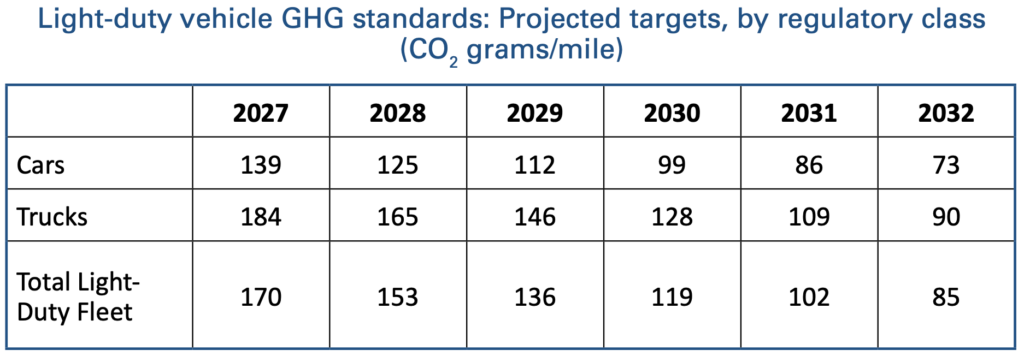

Although compliance costs to the industry are estimated to increase by approximately $1,200 for light-duty vehicles and $1,400 for medium-duty vehicles, consumers are anticipated to benefit from substantial savings on operating costs over the life of vehicles meeting these standards, estimated at around $6,000 compared to vehicles meeting the 2026 standards.
Notably, consumers may also benefit from state and federal purchase incentives, such as up to $7,500 for the purchase of plug-in hybrid or full battery electric vehicles under the Inflation Reduction Act.
“Consumers don’t want them”
Critics, however, are seeing the other side of the coin. Previously, the EPA’s plan aimed to mandate that 67% of cars sold in the U.S. be electric vehicles. However, in light of concerns raised by industry stakeholders, the agency has opted for a more tempered approach. The current plan now sets the target percentage of EVs between 30% to 56% by 2032, marking a considerable departure from the initial proposal.
Reactions to this regulatory pivot have been mixed, with voices from both the dealership floor and consumer base expressing divergent perspectives. Robert Sterling, CFO Advisory at Aprio, sarcastically questioned the feasibility of the original plan, saying, “The plan? We’re going to mandate that 67% of cars sold in the US are EVs, even though consumers don’t want them, producers lose money on them, the supply chains don’t exist, and the charging infrastructure absolutely sucks.”
The plan? We’re going to mandate that 67% of cars sold in the US are EVs, even though consumers don’t want them, producers lose money on them, the supply chains don’t exist, and the charging infrastructure absolutely sucks. https://t.co/H0Fpi8mHXr pic.twitter.com/4cwgfde4oA
— Robert Sterling (@RobertMSterling) March 20, 2024
Echoing Sterling’s sentiments, industry pundit Yossi Levi, known as “Car Dealership Guy”, underscored the potential impact of this adjustment, speculating on the implications for ownership and market dynamics.
Soliciting feedback from dealers and consumers alike, Levi’s announcement prompted a flurry of responses. Andrew DiFeo, Managing Partner at Hyundai of St. Augustine, emphasized the importance of addressing cost barriers and enhancing charging infrastructure, suggesting that the relaxation of rules may provide a window of opportunity to bolster EV affordability and accessibility.
Contrastingly, a commentator emphasized the inevitability of EV dominance, asserting that the shift towards electric transportation represents an unstoppable trend. While acknowledging the challenges faced by traditional automakers, the commenter argued that delaying the transition to EVs only prolongs the inevitable, potentially jeopardizing their competitiveness in the long run.
BREAKING
— Car Dealership Guy (@GuyDealership) March 20, 2024
You might not own an electric vehicle by 2032, after all.
The EPA is *easing* its emissions rule ramp-up after major concerns from the car industry.
Percentage of EVs by 2032:
Previous plan: 67%
Current plan: 30-56%
Dealers and consumers – how do you feel about…
While the program incurs estimated annualized vehicle technology costs of $40 billion, it promises significant social benefits, including fuel savings of $46 billion and repair and maintenance savings of $16 billion.
The EPA is wrapping up revisions to its greenhouse gas program, encompassing off-cycle and air conditioning credits, how upstream emissions linked to battery-electric and plug-in hybrid electric vehicles are factored into compliance calculations, and vehicle certification and compliance procedures.
Additionally, the agency is establishing battery durability and warranty requirements for light- and medium-duty plug-in vehicles, along with new standards aimed at curbing refueling emissions from incomplete medium-duty vehicles.
The EPA is finalizing adjusted provisions tailored for small volume manufacturers producing fewer than 5,000 vehicles annually, alongside additional flexibilities catering to small businesses.
Information for this briefing was found via the sources mentioned. The author has no securities or affiliations related to this organization. Not a recommendation to buy or sell. Always do additional research and consult a professional before purchasing a security. The author holds no licenses.

